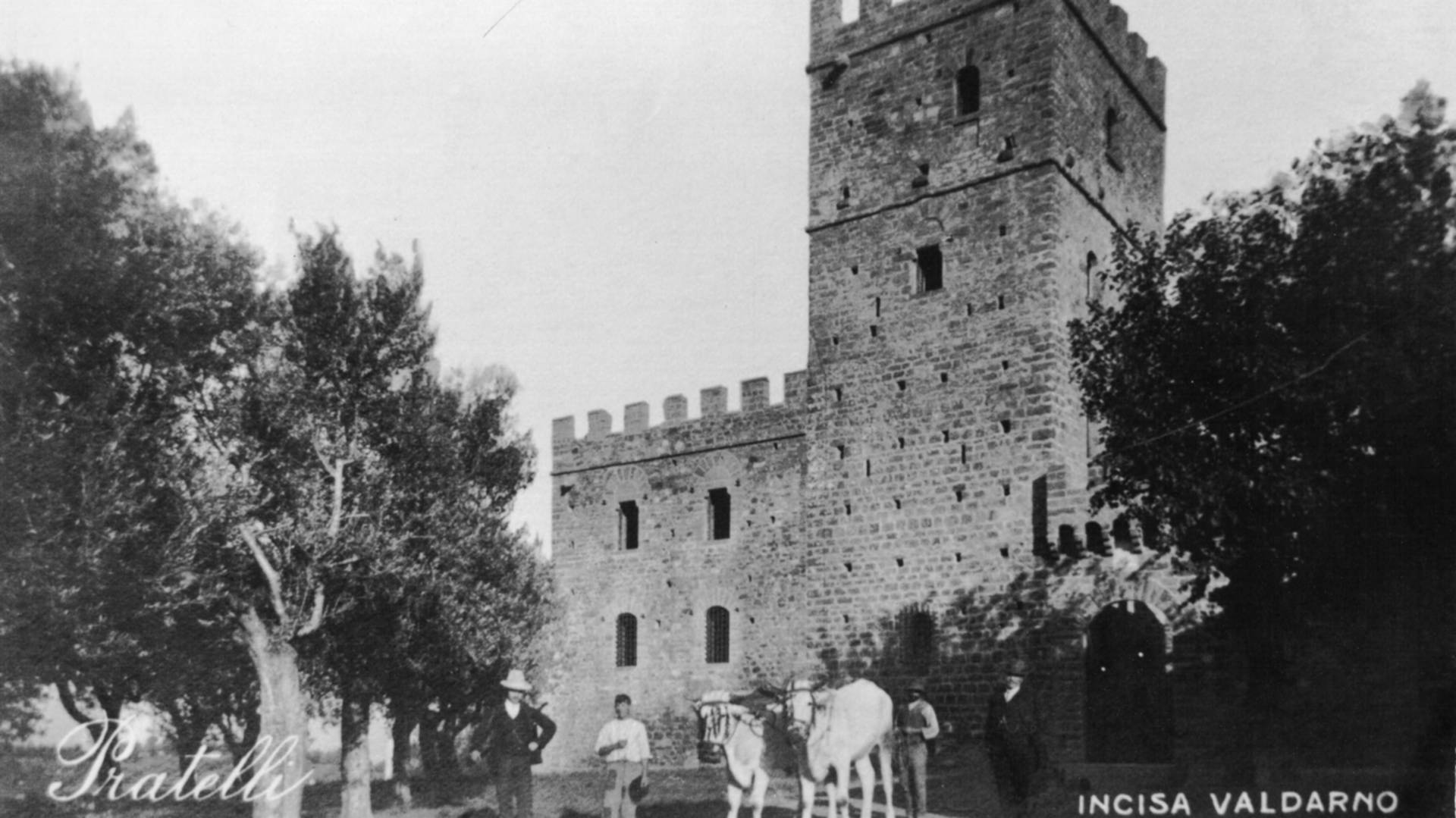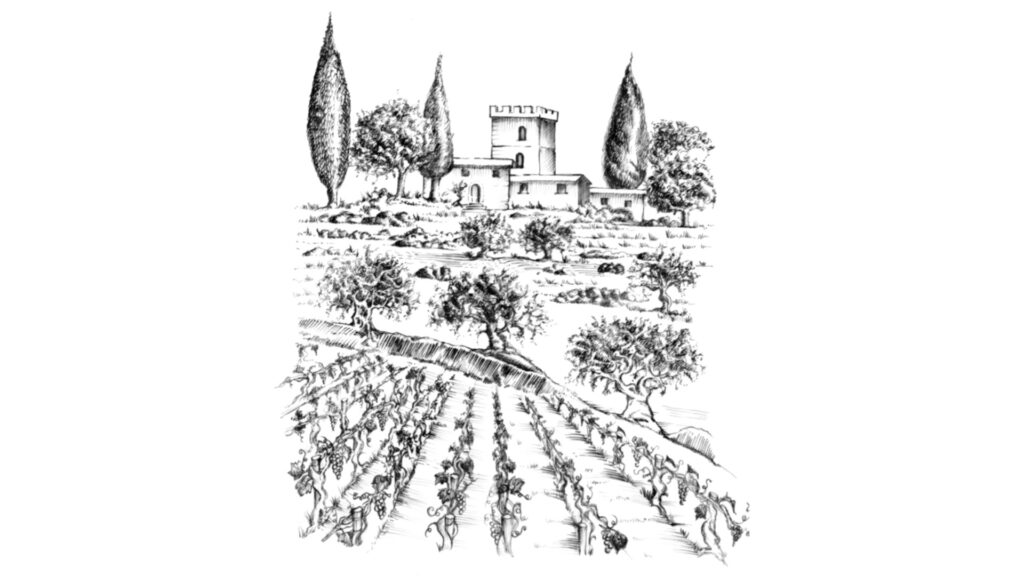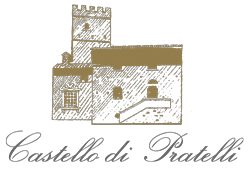
about us
our history
Castello di Pratelli
past ...
The ancient residence is located just 25 Km. from Florence, on a hill adorned with olive and cypress trees, between San Vito and Poggio alla Croce. The panorama that you can admire is particularly impressive. The quiet that you can enjoy today would never make you imagine the atrocious battles that took place around these stones …
The Municipality of Incisa in Val d’Arno is located south-east of Florence and extends on the left bank of the Arno river, between the offshoots of Chianti and the mountains of Pratomagno. The erosion of the river, which occurred since prehistoric times, would be related to the origin of the toponym Incisa (ad saxa incisa), even if legend has it that the passage was built by Hannibal on his descent towards the south of Italy.
The origins of the settlement date back to the Etruscan era, but the importance of the citadel grew considerably in Roman times due to its proximity to important communication routes.
In medieval times the town acquired further prestige by representing a strategic sighting point along the entire Arno Superiore valley. In this period many of the ancient watchtowers already present on the site are restored and fortified, mostly of Lombard origin (so-called gardinghi), and among these also the Pratelli tower.
In those years, the Diocese of Fiesole acquired full control over the Engraved territory and so most of the land holdings located in this area gradually came – through sales and donations – to the religious congregations of the abbeys of Monte Scalari, Coltibuono and Passignano. The Pratelli tower is thus found in the territories of the nearby Abbey of Monte Scalari.
In the fourteenth century, with the victory of the Black Guelphs in nearby Florence and the consequent escape of the White Guelphs, Incisa finds itself involved in violent battles against its will and the Pratelli tower is semi-destroyed.
On 18 September 1312 Incisa was used as a stronghold to block the path to Florence of the troops of Emperor Arrigo VII, supported by the Whites, who, in order to succeed in conquering the city, were forced to circumvent the garrison that brought them. to plunder and destroy the Pratelli tower once again.
Giovanni Villani, who lived in Florence between 1280 and 1348, left us an accurate Chronicle of the events. In the tenth book chapter XLVI He writes:
The Pratelli tower was subsequently renovated and enlarged to be transformed into a real stately villa. The complex remained the property of the monks of the Abbey of Monte Scalari until the suppression of the community in 1776. In the nineteenth century the villa of Pratelli belonged to a great landowner of the place, Pier Giannozzo Mozzi, until towards the end of the nineteenth century the estate was bought by the Grottanelli counts, whose coat of arms, a rampant lion, still surmounts the main entrance.
The subsequent owners at the beginning of the century renovated the tower and the adjoining villa by adding new buildings and giving it the current neo-Gothic aspect.
... present ...
The complex today develops around the small central courtyard, overlooked by the medieval tower, the manor house and a wing intended for service rooms. The farmhouses that once constituted the rural village, with stables, barns, pigsties, carpentry, workshop and houses have been renovated, obtaining apartments for agritourism use. A suggestive open kitchen and a large room equipped with multimedia systems have been created in the old oil mill. The ancient tower is also used in the agritourism business, for those who want to experience the thrill of feeling like a lord of the castle.
... future
Human evolution has led us today to have such a technological capacity, to be able to radically modify an ecosystem in a very short time, where nature normally takes centuries or millennia. Our every choice, even the most insignificant, has a direct consequence on our environment and on the beings that inhabit it. Each of us has a great responsibility… after all, an ocean is made up of many small drops!
In Pratelli we want to imagine that our hill will continue to be a place where you can live in harmony with nature. The choice of organic farming, the cultivation of native species, the minimum tillage of the land, respect for seasonality go in that direction: we will leave a better world than what we have found.


 +39 338 2989568
+39 338 2989568